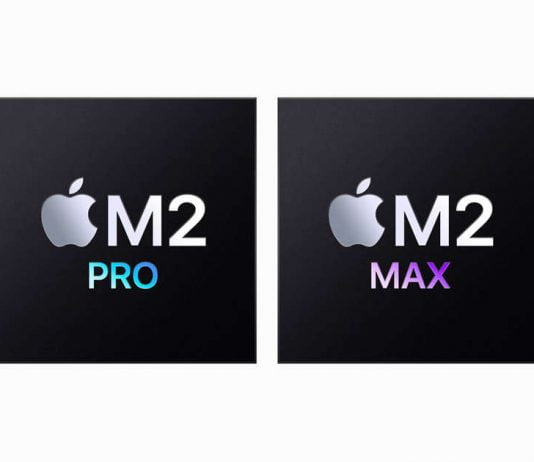Apple recently released new products, including the M2 Pro and M2 Max CPUs. These chips, the expansion stages of the already available M2, are based on Apple’s ARM architecture, Apple Silicon.
The M2 Pro and M2 Max represent distinct stages of growth, with the M2 Pro supporting 40 billion transistors and the M2 Max supporting 67 billion transistors.
The M2 Pro and M2 Max each have a 12-core CPU. However, the iGPU in the M2 Max has been boosted to 38 cores, compared to the 19 in the M2 Pro. The bandwidth of the unified memory interface has also been increased in the M2 Max, from 200 to 400 GBit per second. The M2 Pro can accommodate up to 32 GB of soldered LPDDR5 memory, while the M2 Max can accommodate up to 96 GB of RAM.
Both SoCs offer hardware-accelerated H.264, HEVC, and ProRes, allowing them to handle multiple 4K streams simultaneously. The M2 Pro uses a video encoding engine and a Prores engine, whereas the M2 Max employs two of each. This implies that the M2 Pro will be utilised in high-performance MacBooks, whilst the M2 Max will be used for more intensive processing workloads and is aimed at media professionals.
Apple also provides some broad performance comparisons for the M2 Pro. The new processor is touted to be 25% quicker in Xcode and 40% faster in photo editing when compared to the M1 Pro. However, Apple has not stated which test techniques or benchmarks were used. Real-world tests will reveal how much more performance the new M2 Pro and M2 Max will eventually provide.


